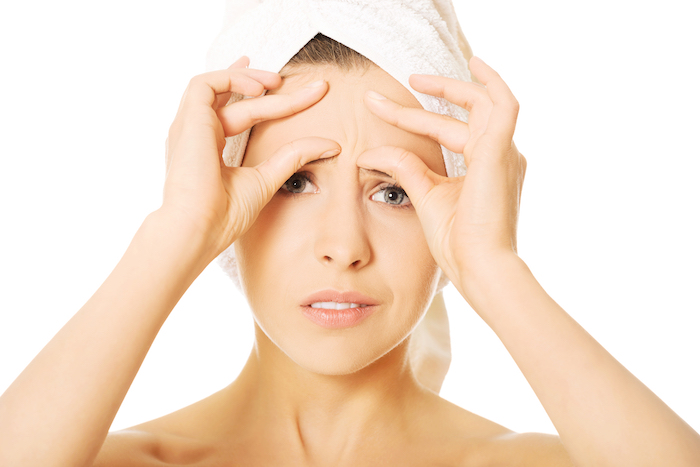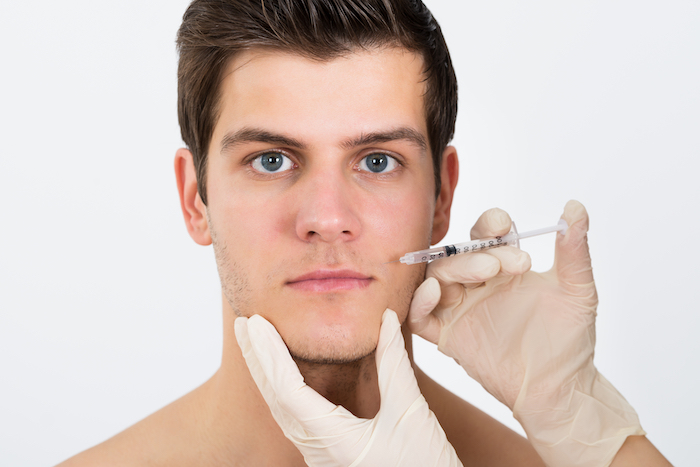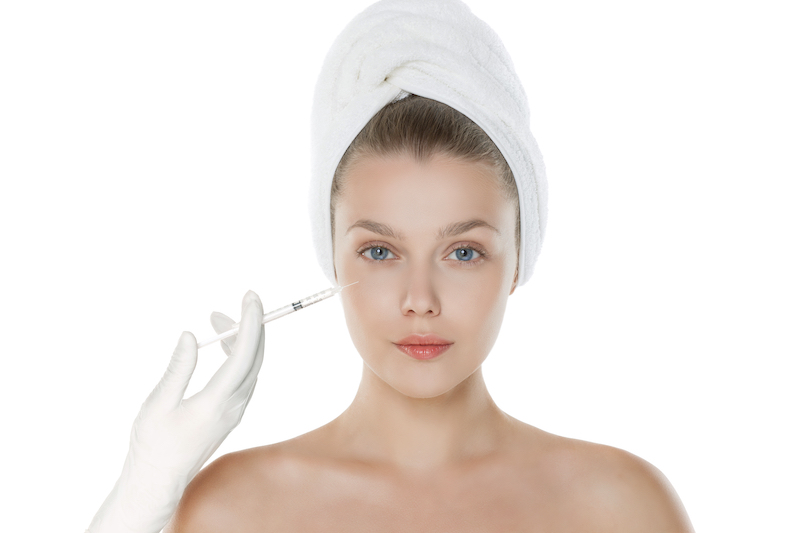 Botox is made from a toxin that is produced by the bacterium known as Clostridium botulinum. The bacterium is found in natural settings such as forests, lakes, and soil. It can also be found in the intestinal tracts of fish and mammals as well as in the organs and gills of crabs and some shellfish. Such natural occurrences are harmless.
Botox is made from a toxin that is produced by the bacterium known as Clostridium botulinum. The bacterium is found in natural settings such as forests, lakes, and soil. It can also be found in the intestinal tracts of fish and mammals as well as in the organs and gills of crabs and some shellfish. Such natural occurrences are harmless.
On the other hand, Botox becomes a life-threatening type of food poisoning when the cell population increases and the spores transform into a vegetative state. It is at this stage that the deadly neurotoxin botulinum toxin is produced that is responsible for botulism. Botulism is a life-threatening type of food poisoning.
SEE ALSO: Ayurveda Holistic Healing – All Your Questions Answered
It is used in small doses by doctors to treat ailments such as;
- Uncontrollable blinking also known as Blepharospasm
- Misaligned eyes also known as Strabismus
- Soothing of wrinkles temporarily
- Chronic migraine
- Cervical dystonia
- A bladder that is leaky or overactive
- Severe underarm sweating
- Crow’s feet or Canthal lines
- Frown lines between the eyebrows – Glabellar lines
Botulinum toxin is NOT approved but it is also used for treating;
- Anismus and anal fissure that is anal sphincter dysfunction
- Hay fever
- Sialorrhea – too much saliva production
- Cerebral Palsy
- Hepatopancreatic which is a dysfunction that causes abdominal pain
- Oromandibular dystonia which is the forceful contraction of the face, jaw and or tongue
- Achalasia – a throat issue that makes swallowing difficult
- Laryngeal dystonia which is the forceful contraction of the vocal cords

How Botox Works
Botox is delivered into the body through injections. It works by paralyzing or weakening muscles or blocking nerves of the targeted area. Depending on what you are treating, the treatment lasts between three to six months. Botox should not be used during pregnancy or while breastfeeding. It should also not be used by people who have had a previous allergic reaction to it or any of its ingredients.
RELATED: Your Morning Skincare Routine Re-imagined
The Cons of Botox
About 1% of the recipients of the Botox injections type A develop antibodies to the toxin which makes subsequent treatments ineffective. The injections have a few side effects such as swelling, pain or bruising at the injection site, upset stomach, flu-like symptoms, headache, and temporary drooping eyelids if injected in the face.
Botox is sold commercially under the following names;
- Dysport – Abobotulinumtoxin A or botulinum toxin type A
- Bocouture, Xeomin – Incobotulniumtoxin A or botulinum toxin type A
- Botox, Vistabel, Botox cosmetic – Onabotulinumtoxin A or botulinum toxin type A
- Myobloc – Rimabotulinumtoxin B or botulinum toxin type B

